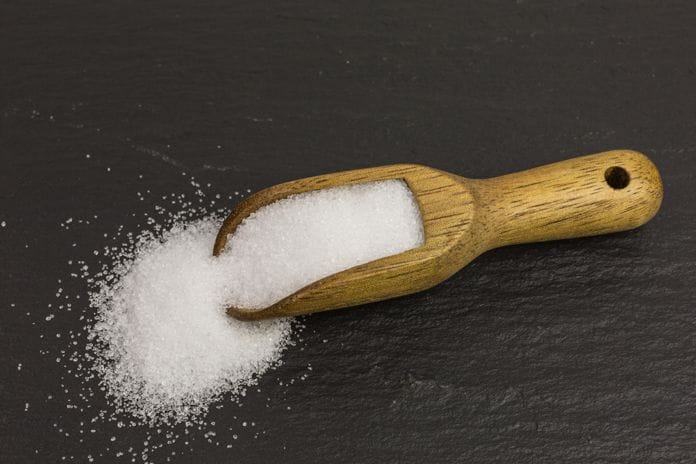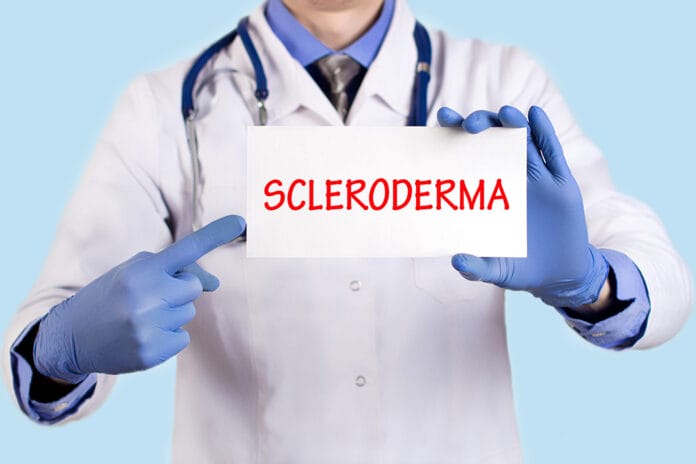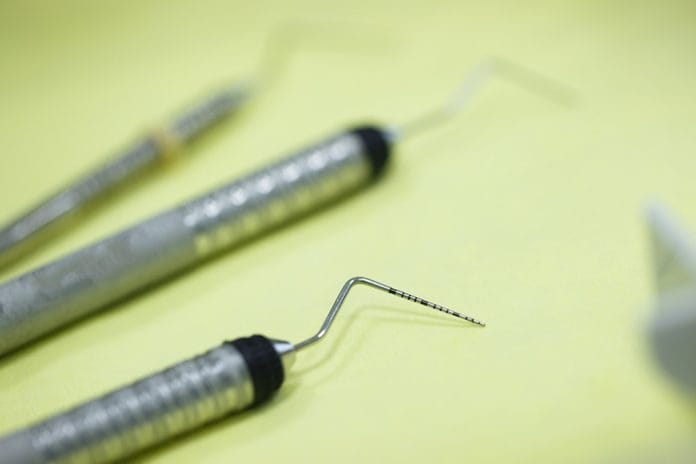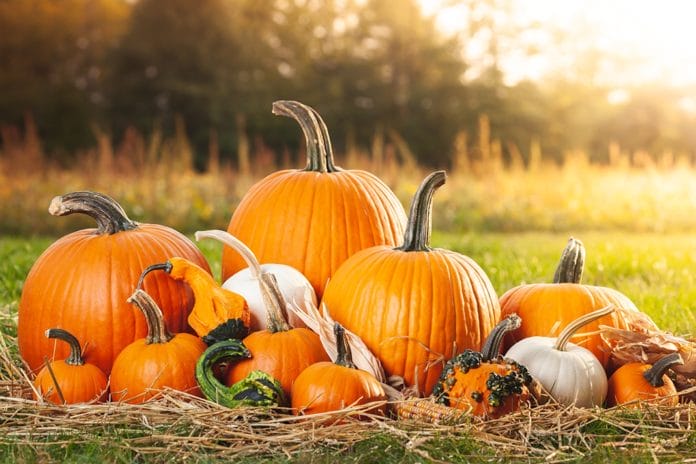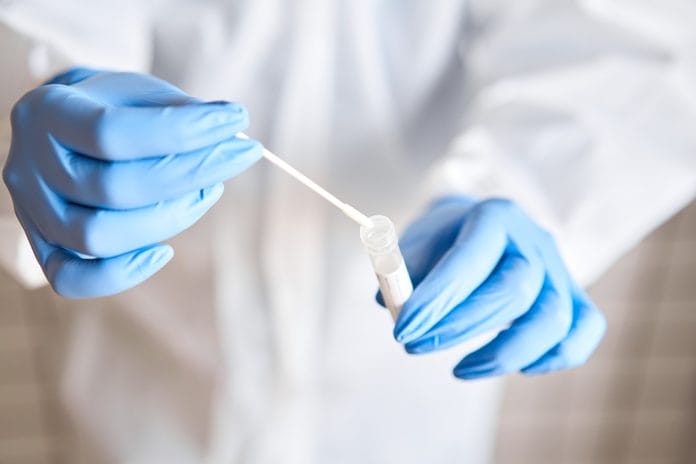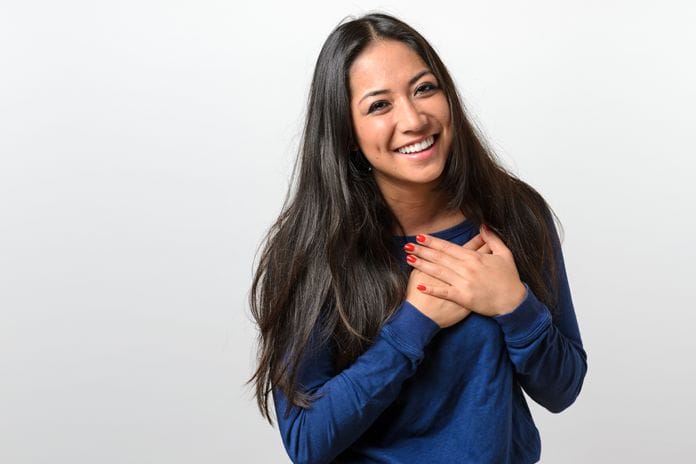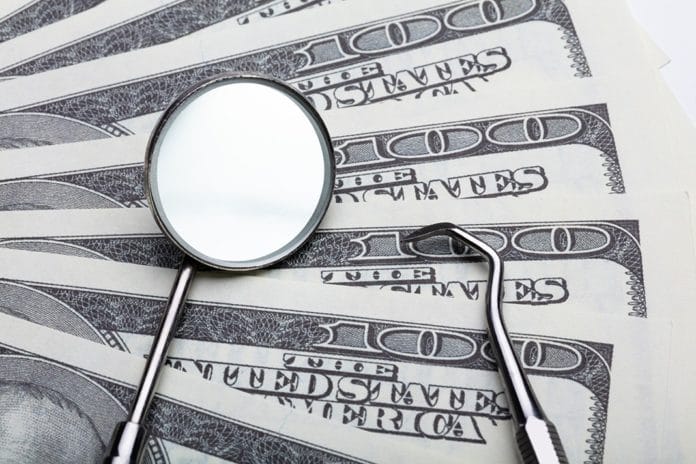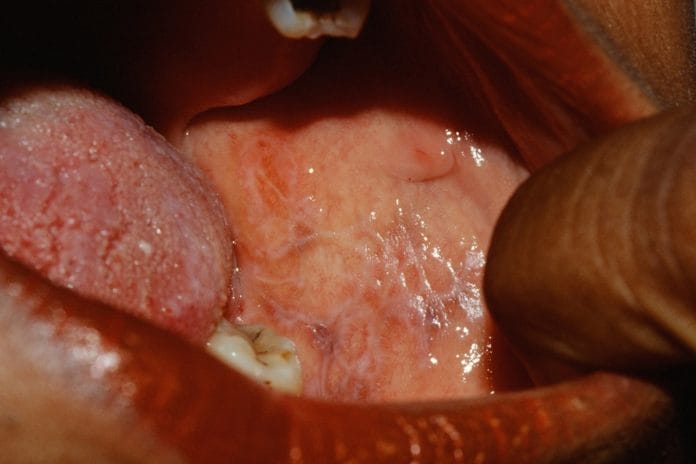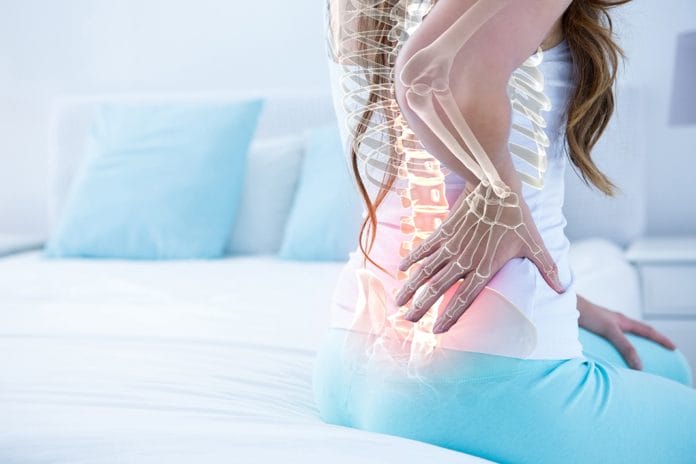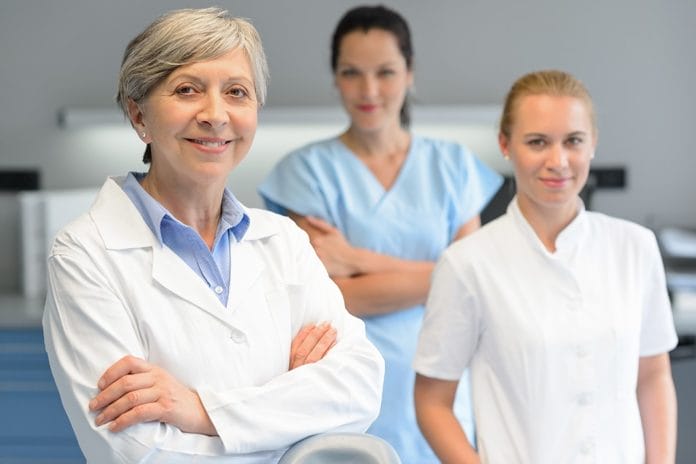Tanya L. Smith, RDH, BS
Erythritol: The Other Sugar Alcohol
The sugar alcohol family, known as polyols, have become popular in chewing gums, lozenges, and dental hygiene products due to their unique ability to...
Considerations for the Management of Geriatric Patients
The United States has a growing demographic of older adults, those 65 years of age and older, who are increasingly becoming a large part...
Poked: Protocol Hygienists Must Follow After Dental Sharps Injury
Dental hygienists are among the 5.6 million workers in health care and related occupations who are at risk of exposure to bloodborne pathogens and...
A Dental Hygienist’s Refresher on Tuberculosis
One of the most important aspects of an appointment is reviewing health histories with patients. Every dental hygienist has experienced that moment, where one...
Scleroderma: How Dental Hygienists Can Approach Oral Symptoms
Scleroderma is an autoimmune connective tissue and rheumatic disease that causes inflammation in the skin and other areas of the body, including the face...
A Dental Hygienists’ Refresher on Periodontal Probing
Dental hygienists learn early on that the periodontal probe is essentially our greatest tool in the assessment of periodontal health. Periodontal probing creates a...
The Amazing Oral Health Benefits of Pumpkins
Cooler weather, colorful leaves, and warm drinks around a fire are some of the indications that autumn has arrived, but none are more emblematic...
Salivary Diagnostics Can Help Bridge Systemic Health for Dental Hygienists
In dentistry, saliva has traditionally been more of a nuisance than anything else. Dental hygienists know the constant struggle of trying to keep patients...
Oral Cancer: Update on Dangers of Smokeless Tobacco for Dental Hygienists
The Oral Cancer Foundation states the average age of a first-time smokeless tobacco user is just 10 years old. As seen with the recent...
Keeping a Grateful Heart in Dental Hygiene
Dental hygiene is a highly rewarding profession that allows us to serve our communities. We help patients maintain an important part of their overall...
Understanding the Monetary Value of the “Essential” Dental Hygienist
Dental professionals could have never imagined a time when dental offices across the country would close with only emergency services deemed essential. The shutdowns...
Considerate Care for Hearing-Impaired Dental Patients
Disabling hearing loss, defined by the World Health Organization, is hearing loss greater than 40 decibels in the better ear of adults or greater...
Oral Lichen Planus: Treatment & Management
Dental hygienists see a range of oral lesions on any given day in clinical practice that takes us back to the pages of our...
7 Self-Care Options for Dental Hygienists to Extend their Career
Dental hygiene is consistently among the top professions at risk for musculoskeletal disorders (MSD) that affect the soft and hard tissues of the body....
Oral Benefits of Tea Tree Oil
Dental hygiene is a profession of life-long learning with new studies and discoveries constantly providing a plethora of information and products to help patients...
Expanding Sensitivity Options
Dentin hypersensitivity is consistently a top chief complaint dental hygienists hear from patients. Levels of sensitivity and the underlying causes of this condition can...
Mentorship in Dental Hygiene
I entered my first job in the dental field, a front desk position, with no prior dental experience. I was anxious, shy, and eager...
A Dental Hygienist’s Role in Early Childhood Caries Prevention
Early childhood caries (ECC) is one of the most common chronic childhood diseases, and possibly the most preventable. The American Academy of Pediatric Dentistry...
Is Malpractice Liability Insurance Necessary for Dental Hygienists?
Malpractice is defined as “a dereliction of professional duty or failure to exercise an ordinary degree of professional skill or learning by one rendering...
HIV Update for Dental Hygienists
Human Immunodeficiency Virus (HIV) became an epidemic in the United States in the early 1980s causing great concern for many healthcare workers. Today, after...

